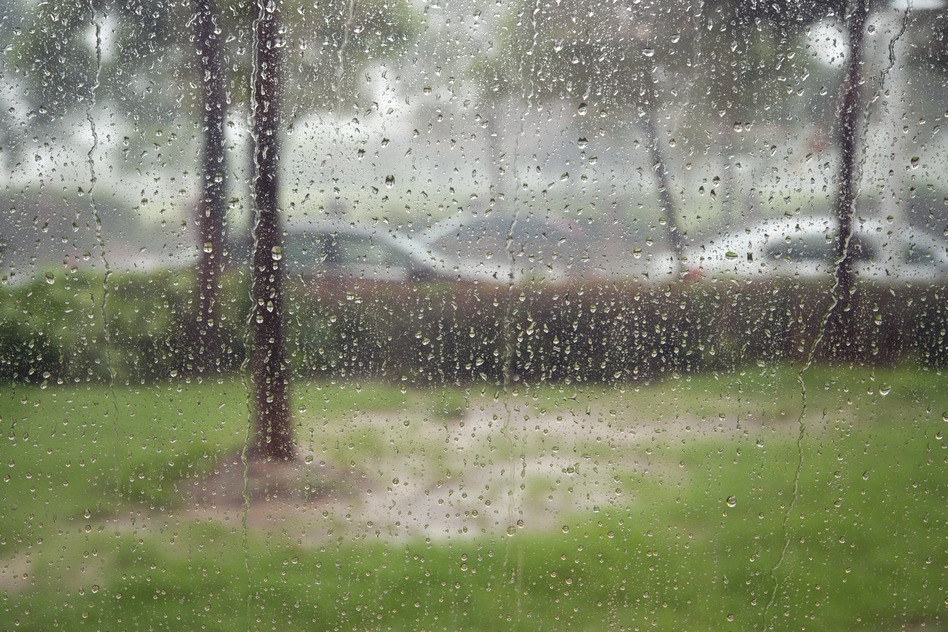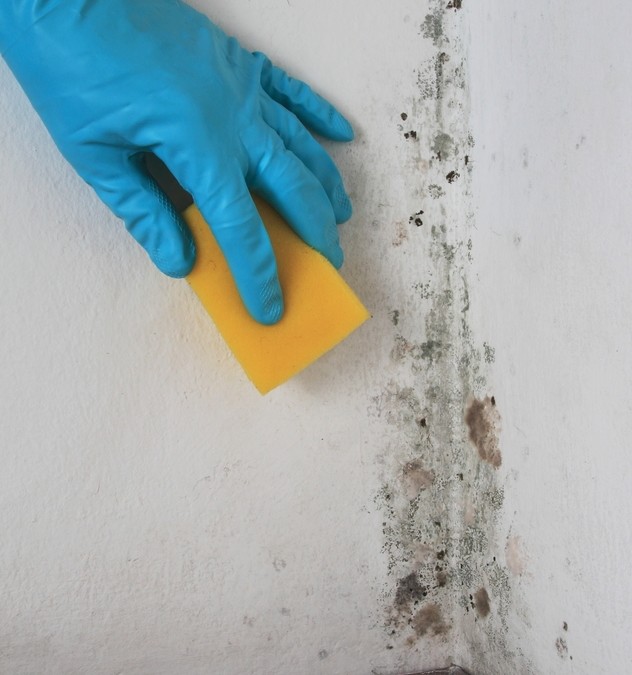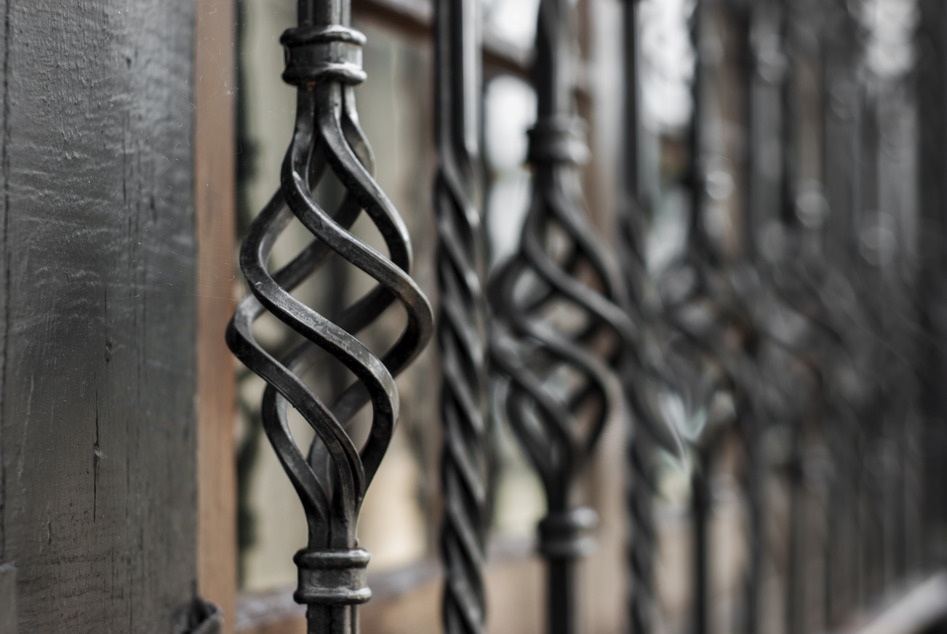Update: Thanks to a vigilant reader, we were alerted to a change in the federal tax credit eligibility of storm windows and doors.
According to an IRS spokesperson, although storm windows and storm doors could have qualified some years ago if they met specific U-factor and solar heat gain requirements, the law has since changed to say that windows and doors must meet Energy Star requirements. Energy Star doesn’t have standards for storm windows and doors. Therefore, those products don’t qualify for the tax credit for windows, doors, and skylights.
According to “Remodeling” magazine’s 2015 “Cost vs. Value Report,” vinyl replacement windows recoup about 73% of their cost at resale. The magazine doesn’t track storm windows.
Original:
If you installed extra protection over your windows and doors, you may be eligible for an energy tax credit.
Tax credits limits and deadlines:
- Available only to those who didn’t take advantage of the 2009-2010 energy tax credit program.
- For storm doors, up to a $500 credit.
- For storm windows, up to a $200 credit.
- Installation costs aren’t covered.
- 10% of expenditures, up to $500 for the year, for all energy improvements combined.
- Must have been installed by Dec. 31, 2013.
- Save receipts and each manufacturer’s certification statement, which is used to find qualifying products.
The Energy Star site is your safest bet for information on how to get the credit and what’s covered.
Don’t rely solely on contractors who may not know the details or who promise their products will get the credit in order to make a sale.
Read on to learn more:
- Storm windows: A value beyond tax breaks
- Storm windows vs. replacement windows
Storm windows: A value beyond tax breaks
- Much less expensive than full replacement windows and doors
- Easier to install, while giving comparable energy savings to new windows and doors
Storm windows make the most sense if your home has single-pane windows. They’re designed to fit in existing openings, on either the inside or outside, and newer models open and close.
The insulation gain from storm windows is nearly identical to most energy-efficient, double-pane windows, says Chris Dorsi, author of The Homeowner’s Handbook to Energy Efficiency.
Storm window savings and payback
Like replacement windows, storm windows can save you about 15% to 40% on energy bills, or from $126 to $465 a year. That’s assuming a 2,000-square-foot home with single-pane windows, according to the Efficient Windows Collaborative.
If you live in a colder climate, you’ll see savings closer to the top end of the range. Since storm windows are cheaper than replacement windows but the energy savings are similar, the payback period for storm windows should be a lot shorter.
Compare storm windows with regular windows:
| Window Type |
Cost |
Installation Time |
| Regular windows |
Between $500 and $1,000, installed, per tax credit-eligible replacement window |
2-3 days |
| Storm windows |
Between $100 and $300, installed |
1-2 days |
Storm door facts:
- Costs about $200 to $300 apiece.
- Allows air flow between the inside and outside when the weather is nice, assuming it’s equipped with a retractable or interchangeable screen.
- Energy saving is minimal because storm doors make up such a small percentage of a home’s total exterior compared with windows.
Storm windows vs. replacement windows
1. You get more bang for your buck with storm windows if you live in a colder climate. Keeping heat in and drafts out adds up in energy savings.
In warm climates, storm windows’ benefits are more limited unless they’re made of reflective glass that deflects the sun’s rays, says Adam Winter, co-founder of Recurve, a San Francisco company that does home energy audits and green remodeling.
2. Storm windows may not provide as much of a return at resale, says Mark Meshulam, author of the Chicago Window Expert blog:
- Not as attractive as replacement windows.
- Less convenient since you need to open two windows to get fresh air.
- More prone to moisture problems.





